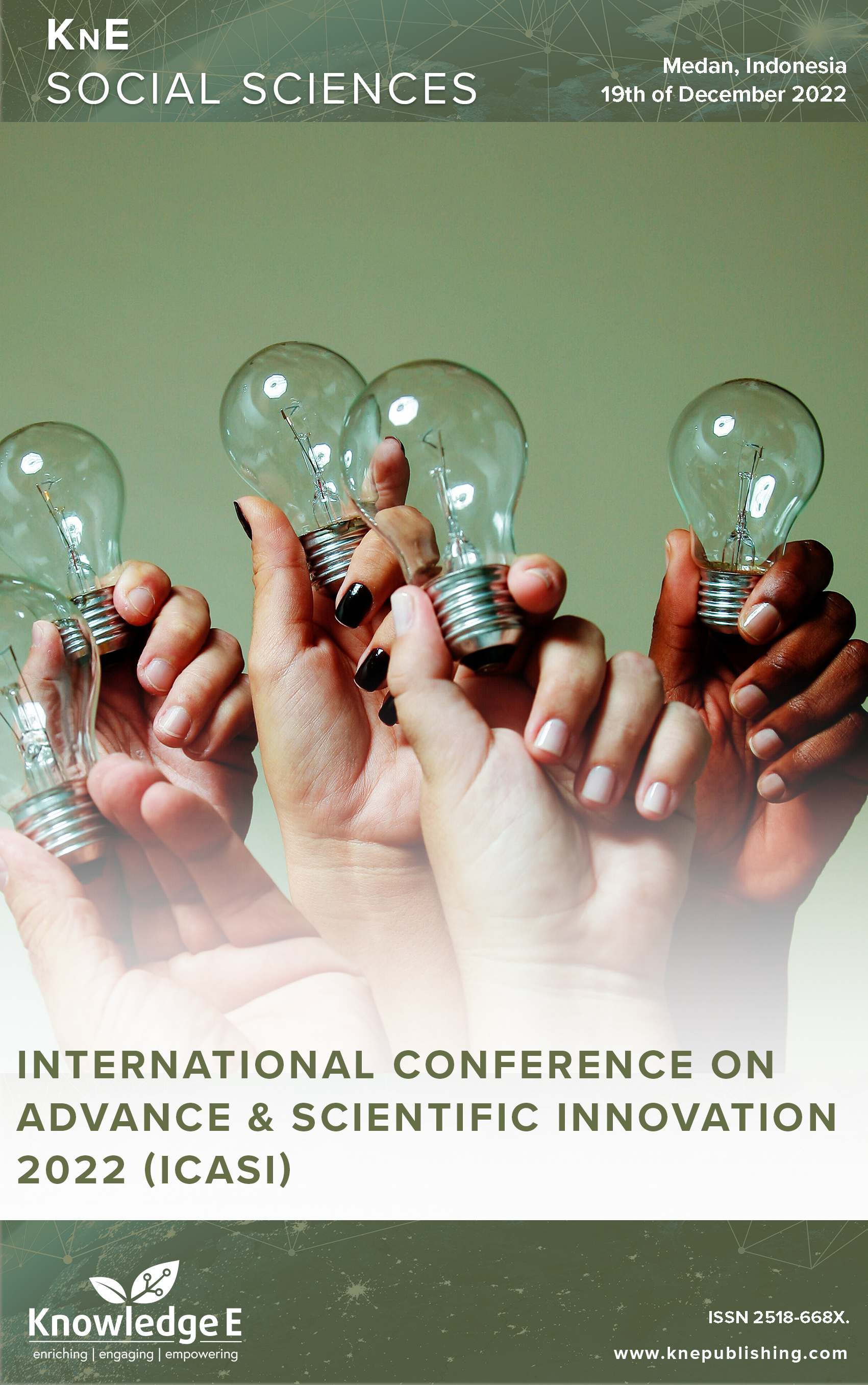The Kings and Wisdoms in Surakarta and Yogyakarta Folktales
DOI:
https://doi.org/10.18502/kss.v8i9.13370Abstract
This research aimed to explain the king’s character and the wisdom in Surakarta and Yogyakarta folktales. The results showed that the king of Kanjeng Sinuhun, Paku Buwono, was the main character in the Surakarta folktale. The king, Sri Sultan Hamengkubuwono, is also the main character in the Yogyakarta folktale. Folktales use the king as the main character who is a patron of the people. The king is the master of a microcosm who tries to unite the microcosm and the macrocosm so that they exist in harmony. Wisdom in the Surakarta and Yogyakarta folktales consists of wenang wisesa ing sanagari (having the highest authority in the country), gung binathara bau dhendha nyakrawati (having as much as the power of God, being the keeper of the law and the ruler of the world), and berbudi bawa leksana ambeg adil paramarta (having a fair and wise leadership).
Keywords: Kings, Local Wisdom, Folktale
References
[2] Kementerian Kesehatan RI. Pelayanan Kesehatan Ibu di Fasilitas Kesehatan Dasar dan Rujukan. 2013.
[3] Syamsuriah, Syamsuriah. Traditional Medical Systems in Handling Children Diseases Among Tolotang Community in Sidrap Regency South Sulawesi. Hasanuddin International Journal of Health Research Sciences. 2019;1(1).
[4] Callister LC, Eads MN, Yeung Diehl JP. Perceptions of giving birth and adherence to cultural practices in Chinese women. MCN Am J Matern Child Nurs. 2011;36(6):387– 94.
[5] Withers M, Kharazmi N, Lim E. Traditional beliefs and practices in pregnancy, childbirth and postpartum: A review of the evidence from Asian countries. Midwifery. 2018 Jan;56:158–70.
[6] Agus Y, Horiuchi S, Porter SE. Rural Indonesia women’s traditional beliefs about antenatal care. BMC Res Notes. 2012 Oct;5(1):589.
[7] Nomor PP. 103 Tahun 2014 tentang Pelayanan Kesehatan Tradisional. www.hukumonline.com
[8] Hurrahman F. Upacara mandi hamil dalam pandangan masyarakat Banjar. https://udhiexz.wordpress.com/2008/05/27
[9] Faizal A, Arianti L. Persepsi Masyarakat Banjar Terhadap Kapuhunan. Psycho Idea. 2018;16(2):89–98.
[10] Suprabowo E. Praktik Budaya dalam Kehamilan, Persalinan dan Nifas pada Suku Dayak Sanggau, Tahun 2006. National Public Health Journal. 2006;1(3):112-21. https://doi.org/10.21109/kesmas.v1i3.305.
[11] Garvita RV. Pemanfaatan Tumbuhan Obat Secara Tradisional untuk Memperlancar Persalinan Oleh Suku Dayak Meratus di Kalimantan Selatan”. Warta Kebun Raya. 2017;13(2):51-8.
[12] Fauzan MR, Dahlan CK, Taslim NA, Syam A. The effect of giving fish extract (Pujimin Plus) on intake of protein and hemoglobin hypoalbuminemic patients. Enferm Clin. 2020;30:452–5.
[13] Shamaki, Alhaji M, Buang A. The socio-cultural behaviours of women’s health facilities utilisation in Northern Nigeria.Mediterranean Journal of Social Sciences. 2015;6(4):https://doi.org/10.5901/mjss.2015.v6n4s3p517.
[14] Ahmed M, Demissie M, Worku A, Abrha A, Berhane Y. Socio-cultural factors favoring home delivery in Afar pastoral community, northeast Ethiopia: A Qualitative Study. Reprod Health. 2019 Nov;16(1):171.
[15] Nur, Hasnah, et al. Makassar ethnic community perception about preeclampsia: A study phenomenology. Enfermería Clínica. 2020;30:475- https://doi.org/10.1016/j.enfcli.2019.07.141.
[16] Smith, Taryn J., et al. Traditional prenatal and postpartum food restrictions among women in northern Lao PDR. Maternal & child nutrition. 2022;18(1). https://doi.org/10.1111/mcn.13273.
[17] Adrianto R, Razak A, Alimin Maidin M. The Accessibility of Health Services for Multiethnics Community Towards Universal Health Coverage in Samarinda City: A Qualitative Study. Indian J Public Health Res Dev. 2019;10(10):10.
[18] Amiruddin R, Palutturi S, Rahman SA. Increasing Midwifery Skill for Pregnancy Health Care with Ammuntuli Bija Tianang Na Beja-Beja Model. Indian J Public Health Res Dev. 2018;9:9.
[19] Emmamally W, Brysiewicz P. Families’ perceptions of support from health care professionals in the three emergency departments in KwaZulu Natal, South Africa. Int J Afr Nurs Sci. 2019;10:55–60.
[20] Widodo Y, Amanah S, Panjaitan NK, et al. The Infuence of social economic and cultural factors on childbirth behavior in rural area with high and low maternal mortality ratio. Jurnal Kesehatan Reproduksi. 2017;8(1):77–88.
[21] Jahan N, Islam MS. Early postnatal care practices for mothers and their babies in bangladesh: an integrative literature review. Open J Soc Sci. 2022;10(2):258–70.
[22] Sarker, Bidhan Krishna, et al. Reasons for preference of home delivery with traditional birth attendants (TBAs) in rural Bangladesh: a qualitative exploration. PloS one. 2016;11(1). https://doi.org/10.1371/journal.pone.0146161.
[23] Erdman JN. Human rights education in patient care. Public Health Rev. 2017 Jul;38(1):14.
[24] Perkins JE, Rahman AE, Siddique AB, Mazumder T, Haider MR, El Arifeen S. Awareness and perceptions of women regarding human rights related to maternal health in rural Bangladesh. J Glob Health. 2019 Jun;9(1):010415.
[25] Ngotie TK, Doreen KM. Kaura, and Bob Mash. “Awareness of cultural practices by skilled birth attendants during pregnancy and birth in Kenya: an interpretive phenomenological study.”. Int J Afr Nurs Sci. 2022;16:100394.
[26] Palimbo A, Salmah AU, Amiruddin R, Syam A. An overview of the implementation of the continuity of care model in maternal health services: A literature review. Gac Sanit. 2021;35 Suppl 2:S388–92.

